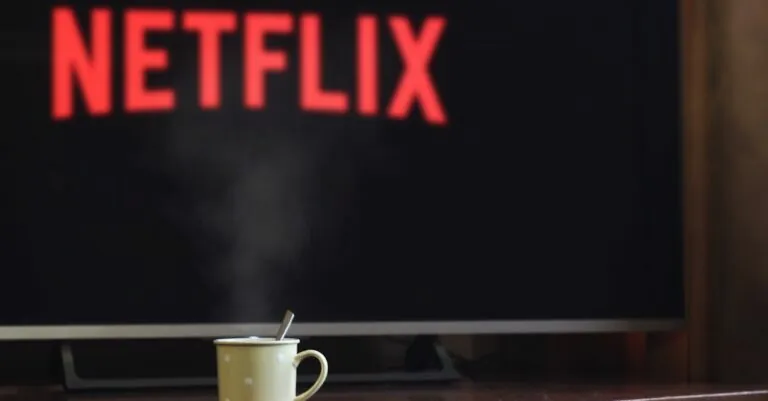Table of Contents
ToggleHappy hour isn’t just a time; it’s a state of mind. Picture this: the clock strikes five, and suddenly the world transforms from a mundane grind to a vibrant celebration. Bars and restaurants roll out the red carpet with tantalizing deals that make even the most serious of souls crack a smile. But what if there was a way to dive deeper into this joyous ritual?
Overview of Happy Hour Report
Happy hour transcends mere discounts; it embodies a festive experience. This section delves into the essence and significance of the happy hour report.
Definition of Happy Hour Report
A happy hour report analyzes promotional events during designated happy hour periods. This report encompasses details on drink specials, appetizer deals, and customer responses. Metrics such as sales figures and foot traffic highlight its effectiveness. By capturing data across various venues, the report provides insights into popular trends and customer preferences. Businesses utilize this information to refine their offerings and maximize profits.
Importance of Happy Hour Reports
Happy hour reports serve as crucial tools for business strategy. They help identify successful promotions by assessing which drinks and meals resonate with patrons. Data-driven decisions stem from understanding peak times and customer demographics. Additionally, these reports enhance marketing efforts by revealing what attracts customers most. They drive higher customer satisfaction by enabling tailored experiences that meet consumer desires.
Key Components of a Happy Hour Report
Happy hour reports involve several essential components that capture the spirit of these promotional events.
Time and Duration
Time and duration play a crucial role in shaping customer engagement. Businesses often set specific hours for happy hour promotions, typically ranging from 2 to 5 hours during late afternoons or early evenings. Identifying the most effective timeframes helps venues target peak customer attendance. Reports need to specify the start and end times, as well as any variations in duration on different days. This data allows businesses to adjust their schedules based on customer traffic patterns and maximize participation.
Pricing and Discounts
Pricing and discounts significantly impact customer attraction and retention. Happy hour reports should outline the specific discounts offered, such as 50% off drinks or buy-one-get-one deals for appetizers. This information offers insights into popular items and pricing strategy effectiveness. Additionally, documenting the overall price range helps venues understand customer spending habits during happy hour. Analyzing this data ultimately drives better decision-making regarding future promotions.
Drink and Food Menu
The drink and food menu forms the backbone of happy hour offerings. Reporting must include details about featured cocktails, beers, wines, and food items available during happy hour. Listing items that draw the most interest, such as signature cocktails or innovative appetizers, allows bars and restaurants to tailor their offerings. Menu diversity often influences customer satisfaction, with items presented during happy hour requiring careful selection to enhance the overall experience. This analysis aids businesses in refining their culinary strategies over time.
Analyzing Happy Hour Success
Evaluating happy hour success involves examining customer feedback and sales metrics. These factors provide insights into overall effectiveness.
Customer Feedback and Reviews
Customer feedback serves as a crucial element in assessing happy hour success. Gathering reviews from patrons helps identify popular drink specials and food items. Positive comments often highlight specific cocktails or appetizers that enhance the experience. Tracking recurring themes in feedback allows businesses to fine-tune their offerings. It’s important to monitor platforms like Yelp and social media for honest opinions. Acting on suggestions improves customer satisfaction and fosters loyalty. Integrating direct surveys during happy hours can yield immediate insights into guest preferences.
Sales Metrics and Trends
Sales metrics play a significant role in analyzing happy hour performance. Examining revenue generated during these promotional periods highlights the most successful deals. Tracking daily sales figures enables businesses to identify peak hours and popular items. Monitoring trends over time aids in adjusting pricing strategies and promotional efforts. For instance, a rise in sales for certain cocktails during happy hour indicates customer preference. Evaluating the cost of goods sold (COGS) assists in maximizing profit margins. Establishing benchmarks for sales metrics promotes continuous improvement in promotional initiatives.
Best Practices for Creating a Happy Hour Report
Effective happy hour reports rely on accurate data collection and the right tools. Businesses can enhance their strategies by adopting best practices in these areas.
Data Collection Methods
Gathering data from various sources ensures a comprehensive view of promotional effectiveness. Surveys collected during happy hours reveal customer preferences and satisfaction levels. Direct feedback during the event offers immediate insights. Utilizing online review platforms like Yelp or TripAdvisor provides external perspectives. Additionally, sales data from point-of-sale systems allows for analyzing revenue trends. Analyzing the demographics of participating customers helps identify target audiences. Observational data, such as foot traffic counts, aids in understanding peak times. Effective data collection sets the foundation for actionable insights and better decision-making.
Reporting Tools and Software
Using specialized reporting tools streamlines the process of analyzing collected data. Software solutions like Tableau or Google Data Studio offer visualizations that enhance data interpretation. These tools allow businesses to create dashboards for real-time monitoring. Integrating customer relationship management (CRM) systems adds depth to reporting capabilities. Utilizing spreadsheet software facilitates detailed breakdowns of sales and customer feedback. Online survey tools can automate responses and organize feedback efficiently. Selecting the right tools simplifies the reporting process and maximizes the effectiveness of happy hour analysis.
Happy hour reports play a crucial role in shaping successful promotional strategies for bars and restaurants. By analyzing customer feedback and sales metrics, businesses can pinpoint what resonates with their patrons. This data-driven approach not only enhances customer satisfaction but also drives profitability.
Implementing best practices for data collection and utilizing the right tools can streamline the reporting process. With accurate insights at their fingertips, establishments can continually refine their offerings to create memorable experiences. Ultimately, happy hour reports are essential for staying competitive in a vibrant market, ensuring that every happy hour becomes an opportunity for celebration and connection.







